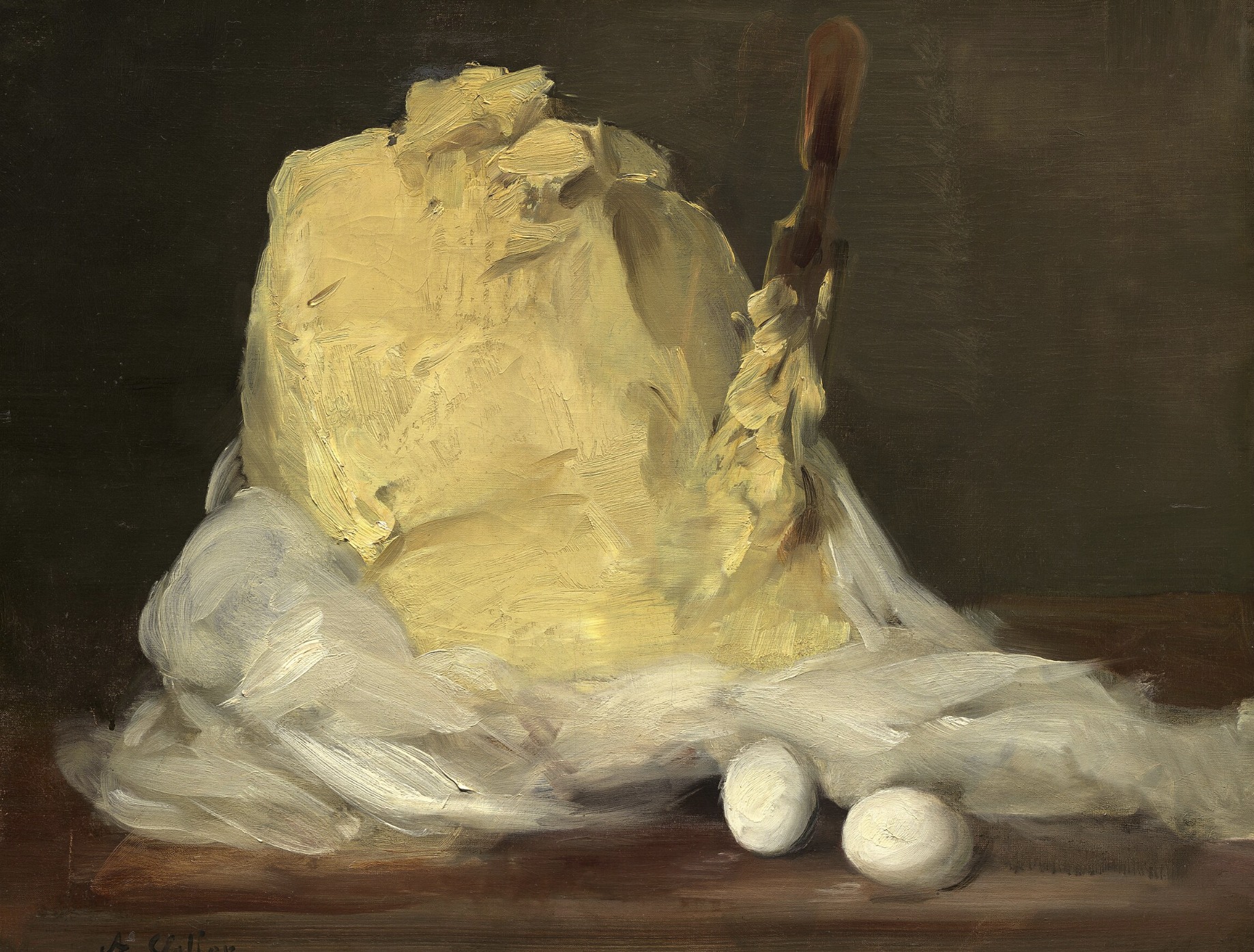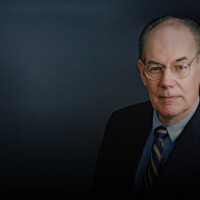New Year’s Day is a prompt for many to see the world through renewed perspective. It offers an opportunity to brush away old cobwebs and rush into the year with alacrity: pen resolutions, scrutinize previous mistakes, and greet others with vigor.
The act of seeing the world afresh is an artistic endeavor. In his 1917 essay “Art as Technique”, the Russian Formalist Viktor Shklovsky (1893-1984) discusses his concept of defamiliarization. He argues that we become habituated to certain aspects of everyday life. Perhaps the walk to work – one that used to entice you with the opportunity to inhale the scent of freshly baked pastries and bitter coffee from your local café – has faded into mundanity. Now, you rush past the pigeons that linger for scraps, annoyed at the rhythm of life. Art renews our sense perception by representing the sensation of how things are perceived yet not known. In Shklovsky’s own words, “art exists that one may recover the sensation of life; it exists to make one feel things, to make the stone stony.” Defamiliarization is caused when a vision is presented of an object or experience, instead of serving as a means for knowing it.
Dickens possessed the skill to make beautiful these mundane aspects through his descriptive literary style. In The Old Curiosity Shop, he describes a cauldron of stew:
There was a deep red ruddy blush upon the room, and when the landlord stirred the fire, sending the flames skipping and leaping up – when he took the lid off the iron pot and there rushed out a savoury smell, while the bubbling sound grew deeper and more rich, and an unctuous steam came floating out, hanging in a delicious mist above their heads.
How we all wish that we were a recipient of this stew, sniffing the savory smell, ready to receive a steaming bowl. Reading this passage reminds me of winters past – cradling hot pots of homemade soup following long walks in the frosty hills, accompanied by hunks of fresh bread slathered in salty butter. For a visual parallel, feast your eyes on Mound of Butter (1875-85) by Antoine Vollon: a seemingly boring subject matter, but its thick creamy texture rippling up a knife, which we imagine to be our own, is enough to make the mouth water. Vollon uses light and shadow to create a sense of depth, whilst the brushstroke textures imbue a sense of realism – ghosts of dug-in knives from breakfasts past. In these examples – literary and painterly – art makes humdrum matters magical.

This process of defamiliarization can breed contemptuous artworks. One may already be able to trace the postmodern potential for deconstructing truths. By making something “unfamiliar” through art, the viewer may be invited to revise previously held beliefs or functions for that particular object. Marcel Duchamp’s Fountain (1917) is a landmark example of this, in that he raised a porcelain urinal to the status of artwork by signing and exhibiting it at the Society of Independent Artists in 1917. In this novel presentation, an everyday bit of plumbing was presented afresh, provoking questions about what constitutes art, and who gets to decide.
In Duchamp’s case, the Society’s board rejected Fountain, citing its incredibility as a work of art. Looking over the past year, certain items have passed for “art” that would certainly be sniffed at by the Society – the recent Turner Prize Winner Jasleen Kaur’s piece, for example, which featured a Ford Escort wrapped in a huge doily. The banality of these works – arguably a follow-up to the 2023 winner, Jesse Darling, whose winning piece comprised a mismatch of scaffolding, net curtains, and hazard tape – have meant that they no longer invite us to see the world afresh. They offer no new perspectives but instead repeat back to themselves the same postmodernist diatribe that deconstructs in order to leave the reader feeling desolate, bare, and disoriented.
It is important that the artists of 2025 do not abandon the potential of art to offer fresh perspectives. The continuing popularity of blockbuster exhibitions that showcase tried-and-tested masters demonstrate that these artistic perspectives are continually renewed, arguably resharpened, by every current moment. One only has to try to book a ticket for Van Gogh: Poets and Lovers (14 September 2024 – 19 January 2025) at the National Gallery in London to realize the continuing and undying popularity of the twentieth-century artist. Ticket sales do not indicate fatigue.
This New Year, do not solely equate fresh perspectives with that which is “new”. Instead, I urge you to look to art – literature, music, painting, sculpture, and so on – as akin to turning to midnight. Life is refreshed by timeless art. The life-giving potential of this can be read in William Wordsworth’s “My Heart Leaps Up”:
My heart leaps up when I behold / A rainbow in the sky: / So was it when my life began; / So is it now I am a man; / So be it when I shall grow old, / Or let me die! / The Child is father of the Man; / And I could wish my days to be / Bound each to each by natural piety.
This poem is worth quoting in full because it encapsulates this seemingly contradictory capacity of Great art – the potential of timeless masterpieces, including those of nature’s Beauty, to refresh current perspectives. Wordsworth describes the childish joy felt when he sees a rainbow in the sky, and laments that the moment that he fails to react in this manner is that of when the death toll should sound. In other words, life is about those moments of unbridled joy that make it worth living: the visceral reactions that confirm to us our own humanity.
In the coming year (if you haven’t already), seek out and discover those artworks that re-represent cherished memories or energy-giving emotions. Artworks are tools that you can return to again and again – in print, originals, or memories – to renew one’s own sense of spirit. Returning to Shklovsky, art can make the stone stony: it can bring into perspective everyday elements that we may take for granted because they have become habitualized, but in themselves are individual marvels. Beautiful art invites us to revise old habits. It is up to us, the viewers, to argue for artworks that polish the human spirit.




Comments (2)
Only supporting or founding members can comment on our articles.